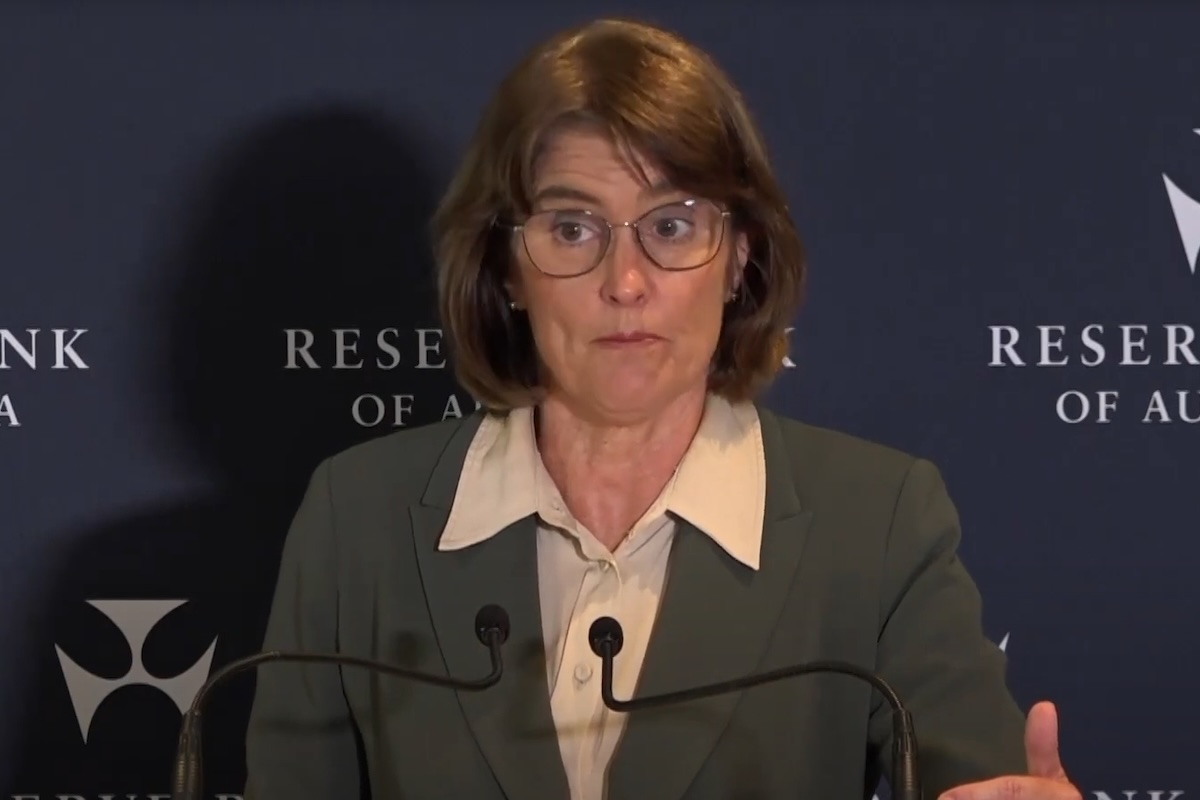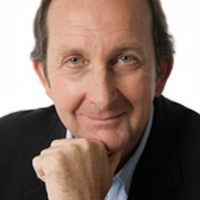

Will the shock spike in the jobless rate guarantee a Cup Day rate cut? Does the Federal government care that many businesses are cracking under the pressure?
Australia received an economic shock that should put a Cup Day interest rate cut back on the table, which only a bad inflation reading on October 29 could kill off. However, recent statistical revelations about the economy might not be capturing why unemployment spiked to the highest level since Covid KO’d our economy!
More on that later. For now, let’s look at what the statistician told us about the job market. Here goes:
If Reserve Bank Governor Bullock wasn’t worried about our inflation rate ticking up, you’d look at these jobs numbers and say you could confidently punt on a Cup Day cut of 0.25%, taking the cash rate to 3.35% from the current 3.6%.
However, speaking at a conference in Washington on Tuesday, Bullock reiterated Assistant Governor (Economic) Sarah Hunter’s recent comments that the August monthly consumer price index (CPI) indicator suggested that the September quarter CPI would be stronger-than-forecast in their August Statement on Monetary Policy (SMP).”
This is why the CPI reading on October 29 will be a big deal for a potential rate cut on the first Tuesday in November — Cup Day.
While this is what conventional economic analysis would look at, legendary economist J.K. Galbraith taught us that the consensus view on economics can be off the mark.
Why? Well, computer models rely on the history of business, consumer and even government responses to developments that are outside the square. Donald Trump and his shock return to tariffs isn’t something most economists expected. How these taxes on imports affect US and international economic activity, and even government policy reactions worldwide, could confound the economic models economists and central banks use to guess where the economy is heading.
But there are also local factors that couldn’t be fully understood that might explain why hiring is slowing and unemployment is rising. Let me list some, for those public servants and banking economists who might not effectively survey the small business sector.
Here goes:
This chart shows NAB’s surveying of business confidence and conditions (i.e. how businesses feel right now). You’ll see that while confidence is rising slightly, the levels are way below where they’ve been when economic growth was higher and business challenges were lower.
The black line shows business conditions or how businesses feel about their business has been on the slide.
It’s time our governments and the RBA started to understand how important business owners/employers are to the health of the economy and how they need to be encouraged, rather than beaten into being cautious, down graders of their businesses to make sure they can survive.
Businesses have had to endure Covid lockdowns, 13 interest rate rises, work-from-home challenges and ‘tough’ tax regimes on top of a new age workplace where they really have to be careful about what they say and do. For many, it’s affecting the growth of their business and, in turn, the growth of the economy.
As an economist, while I’m not sure how significant this is to the overall economy, the RBA, the Albanese government and the state Premiers ignore these issues at their peril.
Interestingly, the state where the government is seen as the most anti-business and anti-investor is Victoria. And it’s the state where house price growth is the slowest and unemployment is the highest at 4.7%. There might be something in that.